Best Kitesurfing Spots in Malaysia
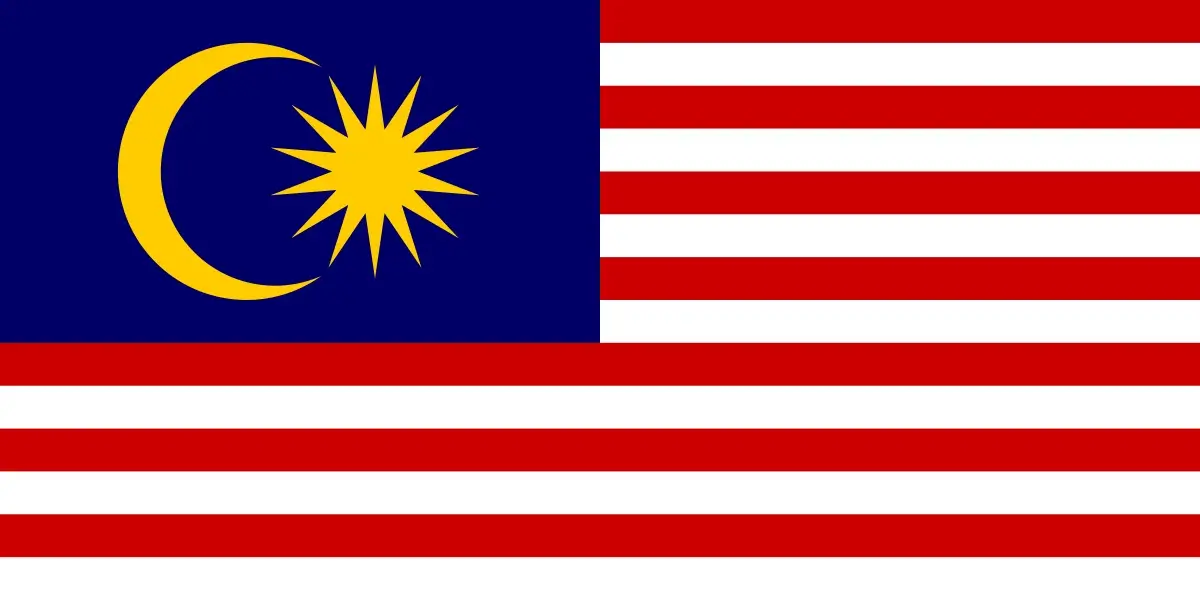
If you’re chasing wind, waves, and that perfect salty rush, Best Kitesurfing Spots in Malaysia may not yet be a household phrase among global riders—but it should be. Malaysia’s East Coast and islands offer a surprisingly rich range of kiteboarding experiences: from flat‑water cruising to surfable waves, from wind foiling to freestyle, all set against lush tropical surroundings. Whether you’re coming from Singapore, Australia, or anywhere further afield, knowing where to go, when the winds blow strongest, and what gear you’ll want will make or break your trip.
In this guide, I’ll walk you through Malaysia’s standout kite spots—Jason Bay, Cherating, Tioman, Balok, Tanjung Resang, Tanjung Balau, and lesser‑known gems—highlighting wind patterns, wave vs flat water conditions, safety, gear and local culture. I’ll also share insider tips, sample itineraries, and what to expect from lodging, schools, and hazards. By the end, you’ll have a clear roadmap for planning your kitesurf adventure, with long‑tail details like wind seasons in knots, best months for wave riding, and intermediate vs expert tips. Grab your kite, wax your board—and let’s explore Malaysia’s kiteboarding frontier.
What Makes Malaysia Special for Kitesurfing
Geography & Wind Systems
Malaysia sits in a tropical region where two major monsoons and a couple of inter‑monsoon periods define the wind laid‑out patterns. The Northeast Monsoon, blowing from roughly November through March, is when the East Coast of Peninsular Malaysia (Pahang, Johor) and many islands get their most stable winds—often side‑onshore or crossshore winds of 15‑20 knots, sometimes more.
During this monsoon, swell builds in the South China Sea, producing rideable waves for intermediate and advanced kitesurfers. Islands like Tioman benefit from this due to exposure and sometimes a semi‑Venturi effect, pushing winds faster along certain exposed tips.
The Southwest Monsoon (roughly May to September) is weaker on the East Coast, offering lighter winds (10‑15 knots average), more variable, often better suited for freeride, foil, or beginners. Inter‑monsoon months (March‑April, October) tend to be more unpredictable: wind shifts, intermittent rain, may leave spots with calm patches.
Malaysia is not generally a high‑wind destination like some other Southeast Asia spots, but its wind consistency during the peak season, coupled with a mix of flat‑water bays and wave breaks, makes it stand out. Also water temps are warm (~27‑30°C) so you can ride in boardshorts, which helps with ease and comfort.
Seasons: Monsoon, Inter‑monsoon & Best Months
| Period | Wind Strength / Direction | Best Spots During Period | Suitability |
|---|---|---|---|
| November‑March (NE Monsoon) | Stronger winds (15‑20+ knots), more consistent, side‑onshore from NE to E‑NE | Balok, Cherating, Tioman (Genting, Juara), Tanjung Resang | Intermediate to advanced; wave riding possible; good for learning in flat bays too |
| April‑May / October‑November (Inter‑monsoon) | Variable winds, sometimes lighter; occasional unsettled weather | Some days at Tioman, Johor coastal spots | For experienced riders or those willing to adapt |
| May‑September (SW Monsoon / Low‑wind Season) | Weaker average winds (10‑15 knots), more stable sun, less swell | Tioman’s sheltered bays; some sessions off Johor | Good for school lessons, light‑wind sessions |
One unique insight: some of Malaysia’s best wind days happen during the transition months (just before or after monsoon) when thermals kick in mid‑day, producing reliable afternoon breezes even if morning is calm.
Types of Spots: Flat Water, Waves, Reef & Beach Breaks
- Flat‑water bays and lagoons: For example, parts of Jason Bay offer shallow, choppy to small‑wave conditions, which are great for beginners or foil riders.
- Wave / Surfable beaches: Cherating, Balok, Tanjung Balau see larger waves during North‑East Monsoon.
- Reef / rocky bottoms: Some beaches have hidden reefs or rocks near the shore (e.g. at the south end of Tanjung Balau).
- Beach breaks: Many of the Johor and Pahang spots are sandy bottom, forgiving for wipeouts, easier learning, less risk of cuts.
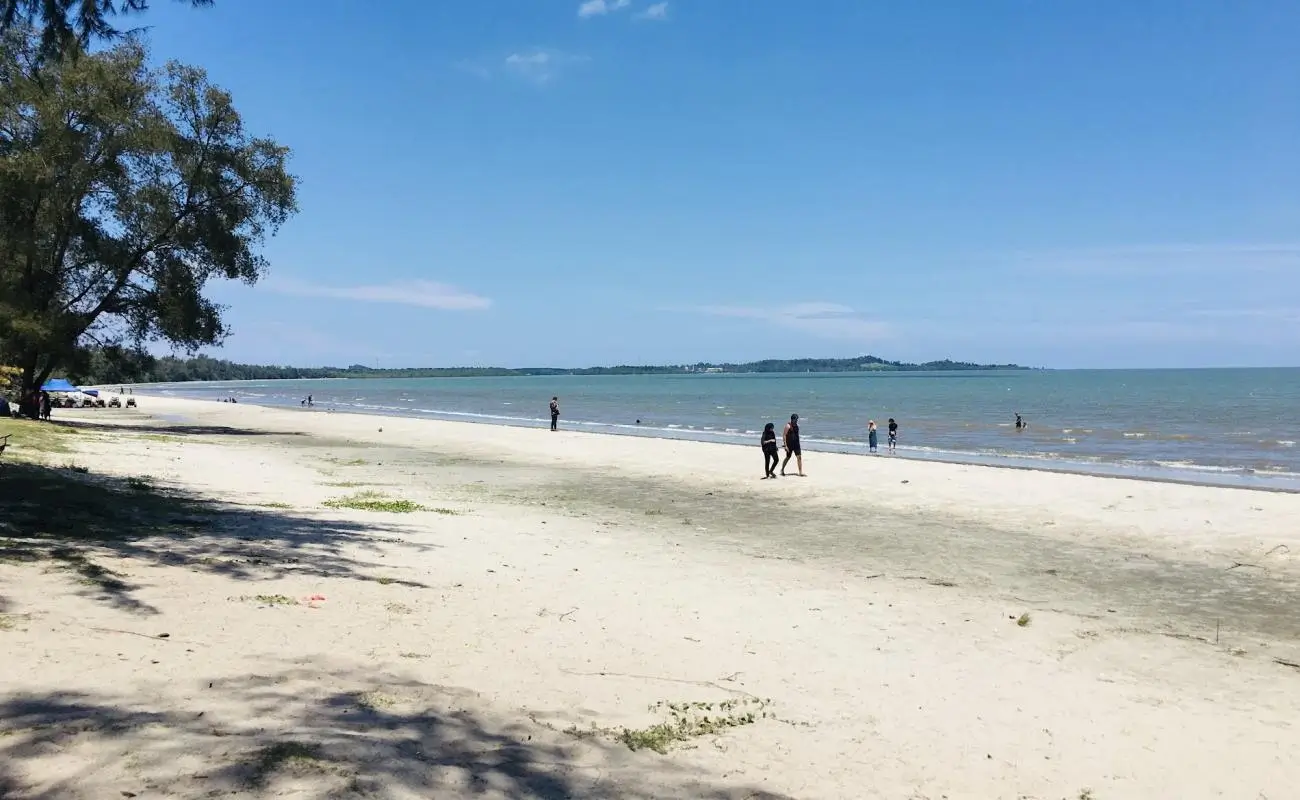
🏄 Jason Bay (Johor)
Jason Bay, located in Johor, has become a favorite among kitesurfers from Singapore and Malaysia. During the Northeast Monsoon (November–March), the bay transforms into a consistent wind hub, offering 13–20 knots of side‑onshore wind that makes it one of the most reliable kite spots in the region. The beach is wide and sandy, with shallow waters stretching far from shore, providing an ideal setup for both launching and practicing.
Conditions are generally forgiving—small chop and manageable waves—making it a good choice for beginners, freeriders, and foil boarders. While amenities are limited compared to more developed tourist areas, the peaceful vibe is part of the attraction. Expect basic food stalls and simple lodging in nearby towns, so it’s wise to plan your accommodations in advance.
Insider tip: afternoons usually bring the strongest wind, so schedule your sessions later in the day. Also, bring a mix of kite sizes (9–12m) to adapt to varying wind strength. If you’re coming from Singapore, Jason Bay is one of the easiest weekend escapes—you can drive across the border and be on the water in just a couple of hours.
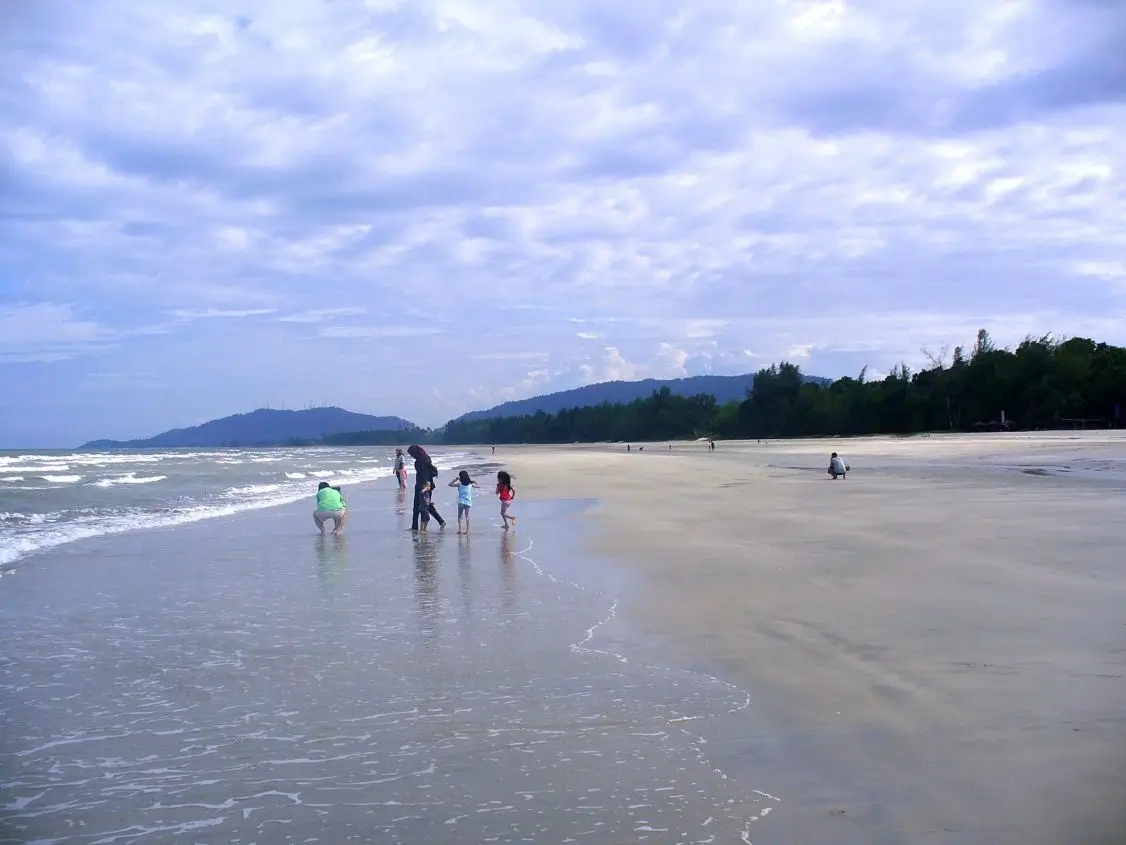
🏄 Balok Beach (Kuantan, Pahang)
Balok Beach, near Kuantan, is perhaps Malaysia’s most famous kitesurfing spot. It has hosted international windsurfing and kitesurfing competitions, and for good reason. During December to February, the NE Monsoon delivers 15–20+ knot winds, consistent swell, and long stretches of sandy beach perfect for both freestyle and wave riding.
The beach here is spacious, allowing plenty of room for safe launching and landing. Waves can get sizeable, especially after strong winds, making it a playground for experienced riders who love surf conditions. Beginners will also find suitable sections with gentler waves and flat water inside.
Kite schools and rentals are available right on the beach, making Balok accessible even if you don’t bring gear. Accommodation options range from budget hostels to beachfront resorts, and Kuantan town is just 15 minutes away for food and nightlife. One drawback is the popularity—expect crowds, particularly on weekends and holidays.
Unique insight: mornings can be quiet with lighter winds, but the beach often comes alive after midday when the breeze strengthens. If you’re looking for Malaysia’s best combination of consistent wind, waves, and kiter community, Balok Beach is hard to beat.
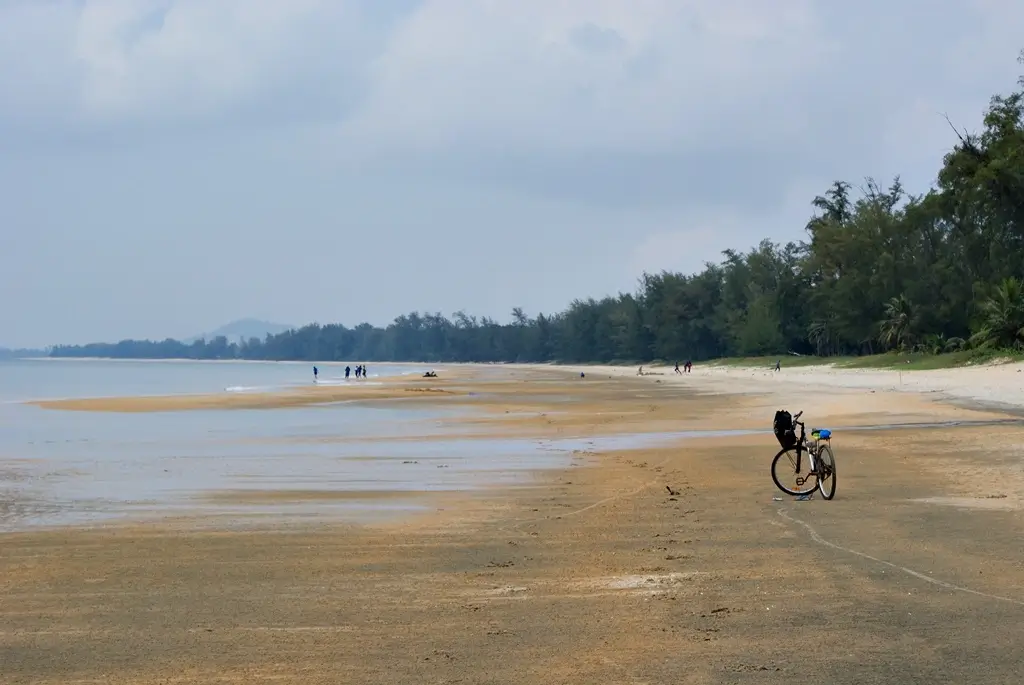
🏄 Cherating Beach (Pahang)
Cherating is a legendary surf town, and kitesurfers have increasingly claimed it as their own during the windy months. Just north of Kuantan, Cherating offers side‑onshore winds of 15–18 knots in peak season and surfable waves that can reach head height. This makes it one of Malaysia’s go‑to destinations for wave kiters seeking both power and rideable faces.
The village itself is charming, with a mix of surf schools, eco‑resorts, and backpacker guesthouses. Kite schools like KamSurf provide instruction and rentals, so it’s a good place for riders progressing from flat water to waves. The sandy beach makes launching easy, and wipeouts are generally safe thanks to the forgiving bottom.
Cherating is also unique because of its strong local culture: you’ll find batik workshops, turtle conservation centers, and surf culture blending with kiteboarding vibes. After a long session, you can relax at a reggae bar or join a fire show on the beach. This mix of cultural depth and great wave conditions makes Cherating more than just another kite spot—it’s an experience.
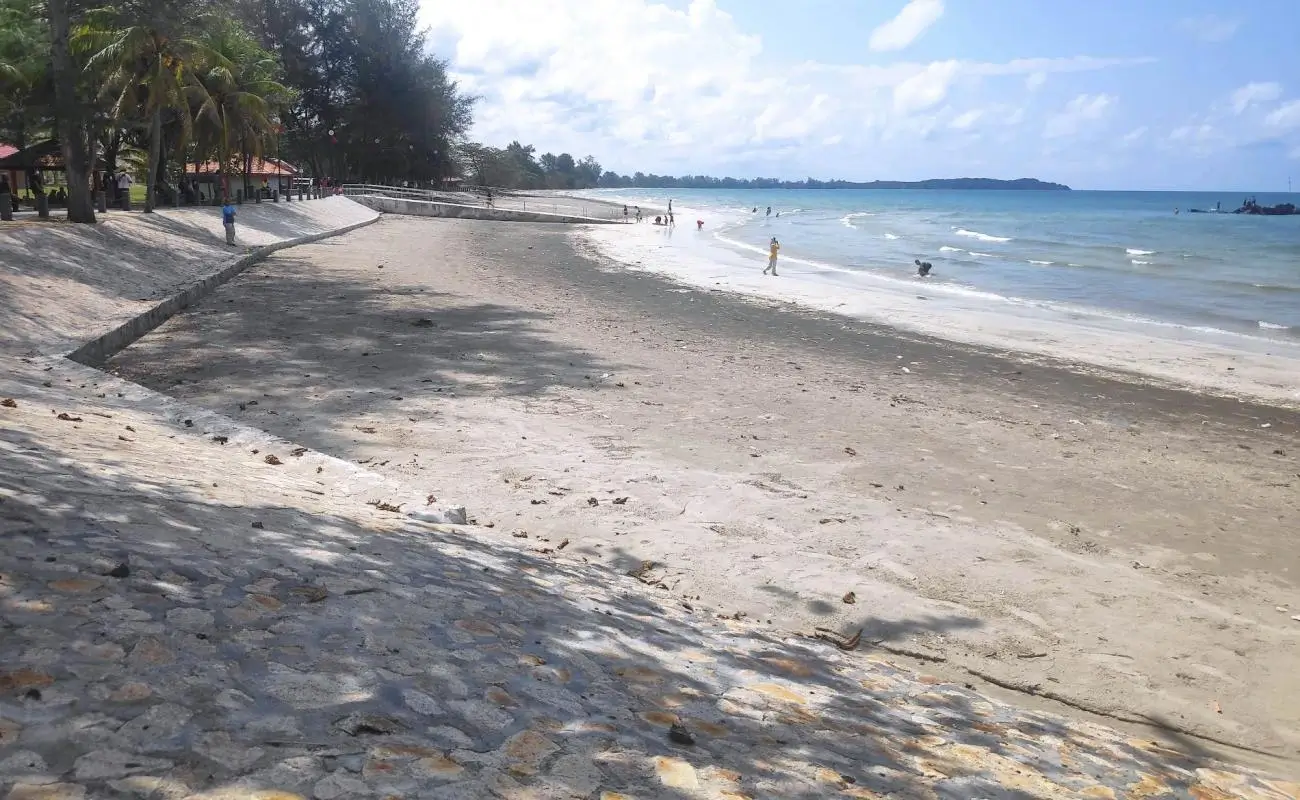
🏄 Tanjung Balau (Desaru, Johor)
Tanjung Balau lies on the Desaru coast of Johor and is known for its balance between accessibility and challenge. During the NE Monsoon, winds reach 15–18 knots, bringing both choppy waters and occasional wave sets. The beach is medium‑sized with enough room for launching, though riders should watch out for rocky areas near the southern end.
Compared to Balok or Cherating, Tanjung Balau is less crowded, making it a solid option for those seeking more space. Local fishing boats are common, so maintaining awareness on the water is crucial. Accommodation is available in Desaru town, with resorts ranging from budget stays to upscale hotels.
The spot is best for intermediates looking to progress in choppy waters and small waves. Beginners can ride here too, provided they stay within sandy sections. One advantage is the short distance from Singapore, making it an appealing weekend destination similar to Jason Bay. If you want a blend of manageable waves, fewer crowds, and proximity to urban amenities, Tanjung Balau is worth considering.
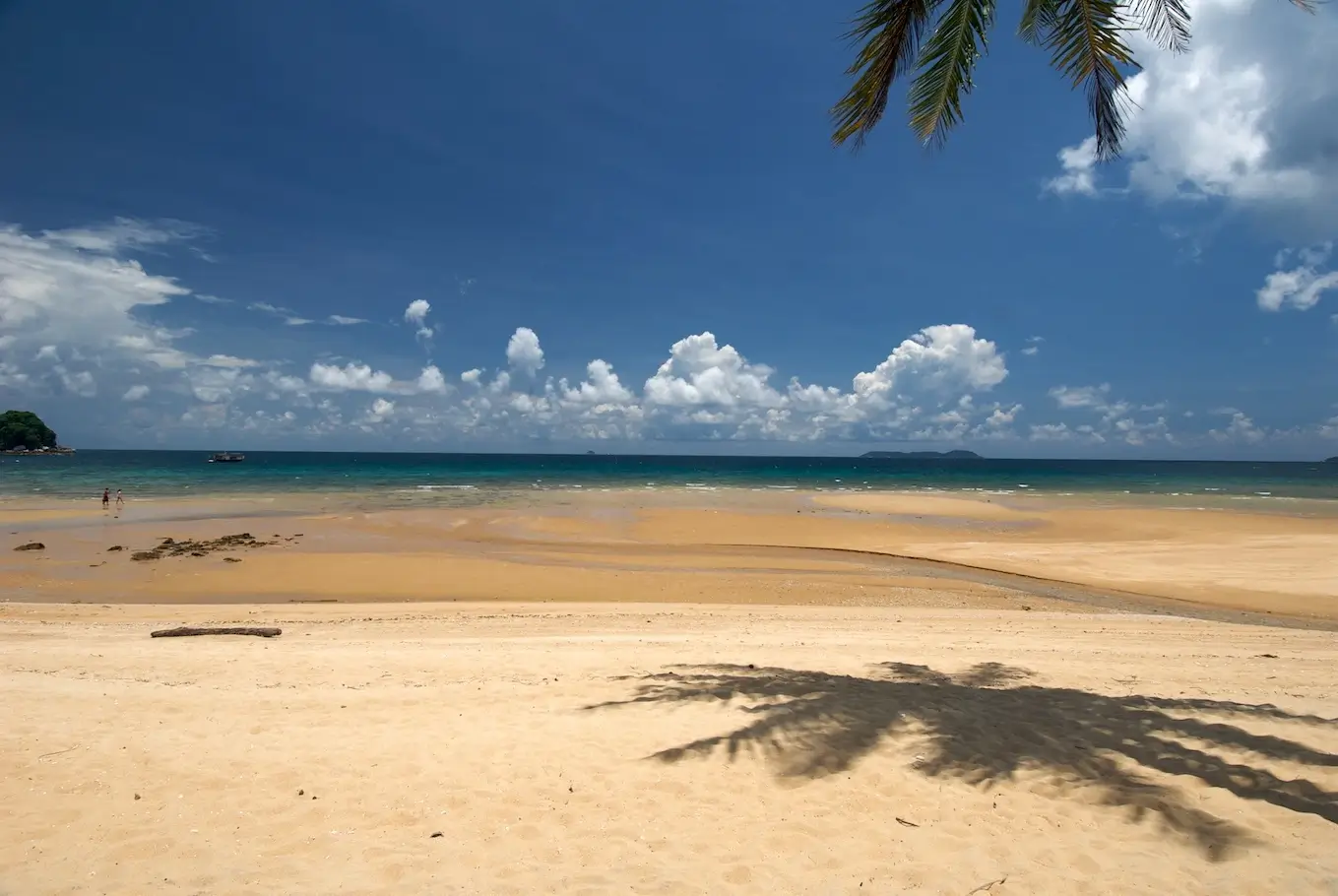
🏄 Tioman Island (Genting & Juara)
Tioman is a tropical paradise with palm‑lined beaches and turquoise waters, but it’s also an underrated kitesurfing haven. The island works during both monsoons, with Genting offering a Venturi effect that strengthens winds, especially in the Southwest Monsoon, while Juara is more sheltered and beginner‑friendly.
In the NE Monsoon, expect 15–20 knot winds and occasional surfable waves. Genting is great for intermediates and foilers thanks to its consistent breezes, while Juara provides flat water sections that suit learners and freestyle riders. Both beaches are sandy with safe launching areas.
Getting to Tioman requires a ferry ride from Mersing, which adds adventure but also planning complexity. Once on the island, you’ll find a laid‑back vibe with dive shops, beach bars, and small resorts. Tioman’s beauty is its draw—you can combine world‑class diving and jungle trekking with kitesurfing, making it a multi‑sport paradise.
Unique tip: winds often build late morning and peak in the afternoon, so mornings are perfect for snorkeling or hiking before an epic kite session.
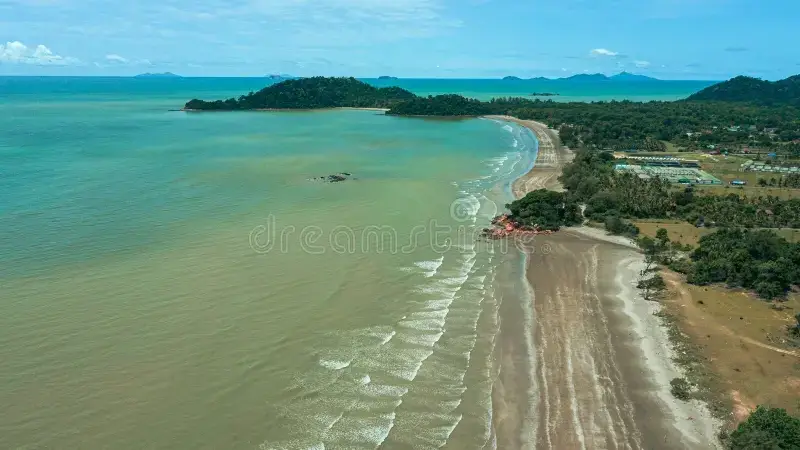
🏄 Tanjung Resang (Johor)
Tanjung Resang is one of the most remote and authentic kite spots in Malaysia. Located north of Mersing, it sees 15–18 knot winds during the NE Monsoon and offers a mix of choppy waters and small to medium waves. Unlike Balok or Cherating, this beach remains quiet, with only a handful of riders at any given time.
The bay is semi‑sheltered, with some reef sections to watch out for, so intermediate to advanced riders will enjoy it most. The long sandy stretch makes for safe launching and landing, while the natural setting provides a raw, untouched feel. Accommodation is simple—expect chalets and eco‑lodges rather than luxury resorts.
If you’re looking for a place to escape crowds and truly connect with the ocean, Tanjung Resang delivers. It’s also a good jumping‑off point for exploring Tioman or other islands. The challenge here is logistics—it requires more effort to reach, but the reward is empty beaches and uncrowded wind.
Other Notable Spots
Smaller, less‑known beaches like Pantai Sepat, Pantai Pelindong, and Le Cemara also offer occasional rideable conditions, especially during the NE Monsoon. These are local favorites with lighter winds and limited amenities. They suit freestyle riders seeking flat water and those who prefer exploring beyond the main tourist trail.
Gear & Skill Levels: What to Bring & Expect
- Kite sizes & boards: 9‑12m for monsoon; 13‑15m for lighter wind months; foil boards useful.
- Beginners: Jason Bay, Juara.
- Intermediate: Cherating, Balok.
- Advanced: Tanjung Resang, Balau.
- Foil & freestyle: Malaysia’s lighter wind days are great for foiling and big‑kite freestyle.
Travel Logistics & Accommodation
- Getting there: Major airports in Kuala Lumpur and Johor Bahru. Ferries for Tioman.
- Staying: Resorts and chalets at Cherating, Tioman, Balok. Guesthouses at Jason Bay, Tanjung Resang.
- Culture & safety: Malaysia is majority Muslim—dress modestly off‑beach, respect local norms. Watch for mosquitos in wet season.
Sample Itineraries & Combined Trips
- East Coast Explorer (10‑14 days): Cherating → Balok → Tioman → Tanjung Resang.
- Weekend from Singapore: Jason Bay or Tanjung Balau.
- Mixed Waves + Flat Water: Combine Juara or Jason Bay with Balok.
Key Takeaways
- Malaysia’s peak kite season is Nov–Mar during the Northeast Monsoon.
- Balok, Jason Bay, Cherating, Tioman, Tanjung Resang, Tanjung Balau are the top picks.
- Gear variety is essential.
- Travel logistics require planning.
- Safety and environmental awareness are key.
Conclusion
Malaysia is not yet the first place many kitesurfers think of when chasing wind, but that’s changing fast—and for good reason. Between the steady wind colonnades of the NE Monsoon, the beautiful coastline, the mix of surfable waves and flat water bays, and the warmth and friendliness of its people, Malaysia has enough variety and charm to make any kite trip memorable.
If you time your trip for November to March, you’ll hit the sweet spot: stronger, more consistent winds; wave action for intermediate/advanced riders; ample opportunity for schooling or freestyle in flatter corners. Outside those months, lighter breezes still allow for foiling or relaxed cruising. The spots profiled—Jason Bay, Balok, Cherating, Tioman, Tanjung Resang, Tanjung Balau—cover what you need to choose based on your style.
When planning, give equal weight to forecasts, beach conditions, lodging, and local safety. Malaysia’s kite spots reward those who prepare but also those ready to adapt. Grab your gear, pick a region, choose your moment—and ride the wind.
FAQs
Q1. What are the best months to visit Malaysia for kitesurfing?
The best months are November through March during the Northeast Monsoon.
Q2. Which spots are best for beginners?
Jason Bay and Juara (Tioman Island) offer forgiving sandy bottoms and flat water.
Q3. Are there wave spots for advanced riders?
Yes—Balok Beach, Cherating, Tanjung Balau, Tioman during the NE Monsoon.
Q4. Do I need permits to kite surf in Malaysia?
Some beaches may require local permission; check with kite schools or authorities.
Q5. What gear should I bring?
Bring both large and small kites, a wave board, reef‑safe booties, helmet, and spares.
Share Your Experience
If you found this guide useful, I’d love to hear from you: which spot are you hoping to ride in Malaysia? Or if you’ve already been, what was your favourite beach and why? Share your story below—and don’t forget to spread the stoke by sharing this guide with fellow riders!
